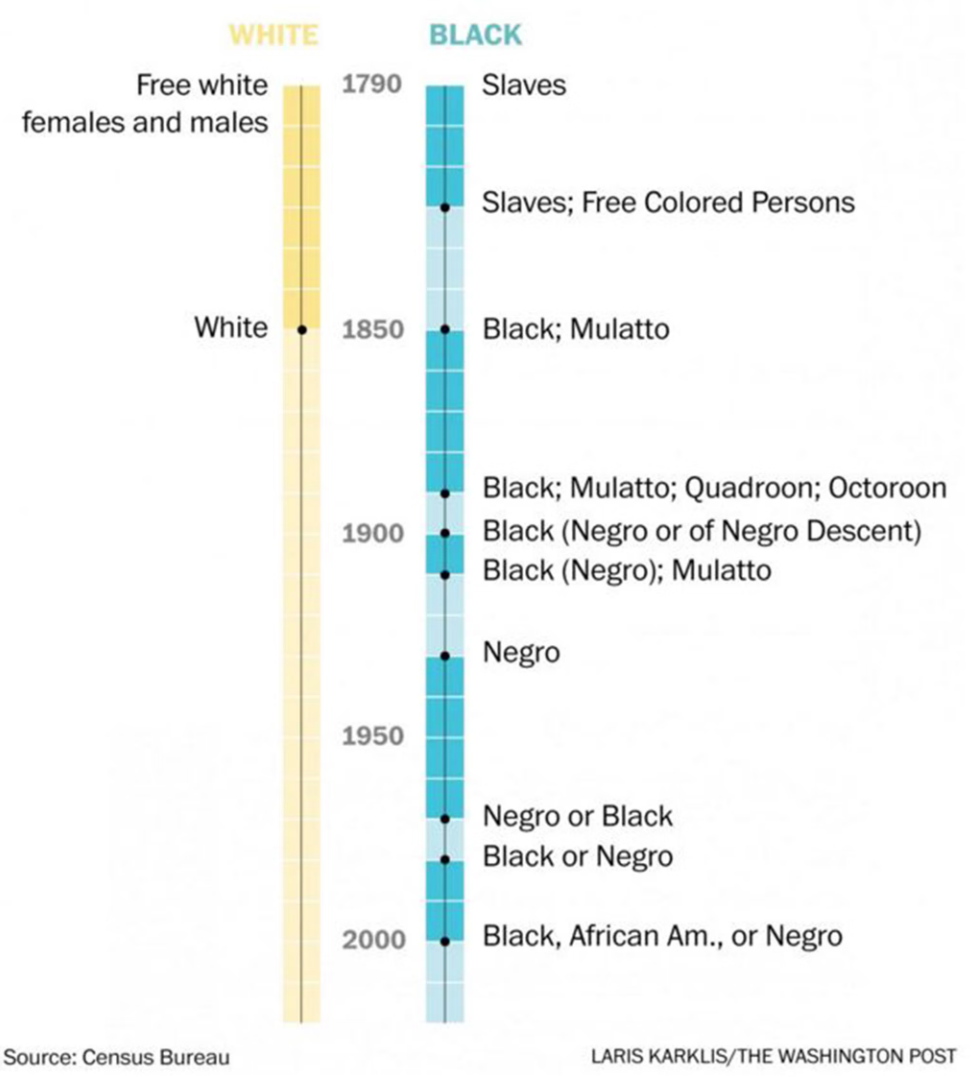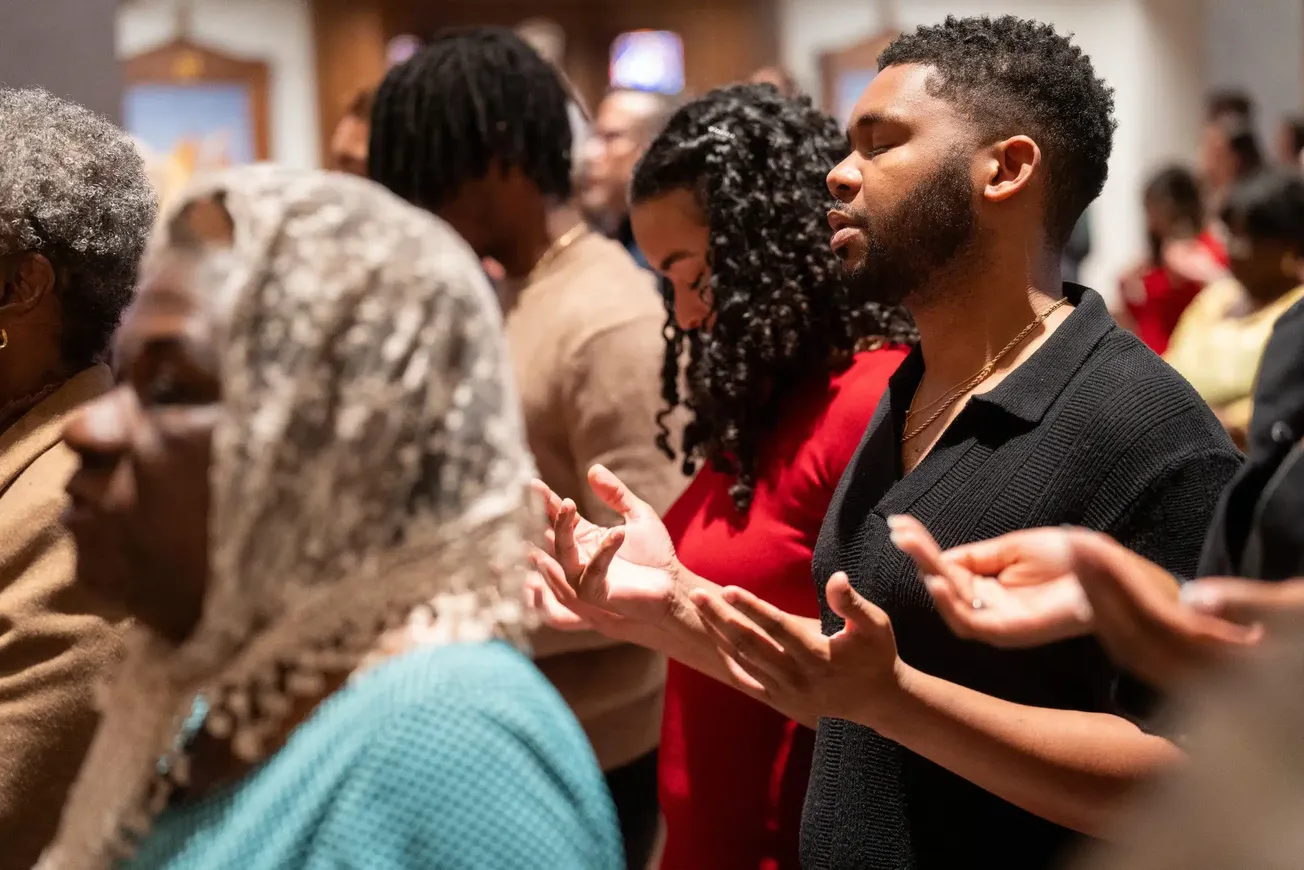On October 31, 2022, the U.S. Supreme Court was presented with two cases that challenged the future of race in university admissions. In both cases, the plaintiffs alleged that the consideration of race therein represents a violation of the Equal Protection Clause in the Fourteenth Amendment of the U.S. Constitution.
During the hearing, several justices questioned whether considerations for Black persons descended from U.S. chattel slavery should still be permissible in higher education admission decisions. Justice Ketanji Brown Jackson noted removing the consideration of race in higher education admissions may lead to another Equal Protection violation.
In her example, Jackson presented two applicants whose families lived in North Carolina for several generations. The first applicant had several generations of family members who attended the University of North Carolina and wanted to have their lineage honored by the admissions committee. The second applicant was descended from chattel slavery and was potentially the first in their family to attend UNC. Only the latter would be unable to have their lineage honored, because it would be bound up in their race.
The hearing represented the first time that the Supreme Court justices, within the context of affirmative action cases, discussed the value of lineage—specifically that of those who descend from chattel slavery in the United States.
After our nation’s formation, the authors of the Constitution authorized Congress to count each living person therein every ten years. The first census, conducted in 1790, included in its count free White males, free White females, tax-paying Native Americans, indentured servants, and chattel slaves (the last group being counted as three-fifths of a person). While racial categories have been added, removed, or modified since 1790, individuals living in the U.S. have historically been categorized by race.
For human beings brought to the United States as slaves, and for their descendants, racial categorization has evolved over time. Through the 1810 census, this group was simply identified as slaves. By the 1820 census, officials had updated the racial category to include both slaves and Free Colored persons, in acknowledgment of the growth of the latte population. This nomenclature persisted until the 1850 census, when a measure of “black blood” was introduced—occasioning the terms Black and Mulatto. These persisted through the end of Reconstruction.
Following increased pressure to assess race science theories, Congress instructed the census to expand the classifications to include quadroon and octoroon for the 1890 count. To be classified strictly as Black, a person needed to have greater than 75% Black blood. A person classified as Mulatto contained between 38-63% Black blood. A quadroon contained 25% Black blood, and an octoroon contained 13% Black blood. Given the lack of trust that the Census Bureau had in the ability of evaluators to delineate Black persons in this manner, the terms quadroon and octoroon were removed from the census by 1900.

Because of the popularity of texts such as “The Philadelphia Negro” by W.E.B DuBois and “The Future of the American Negro” by Booker T. Washington, the census began to use the term Negro synonymously with Black on the census to describe those of the U.S. population who were of African descent. In the 1910 census, officials revived the term Mulatto for mixed-race individuals, viewing them as a separate category from those who were classified as Negro or Black. In the 1930 census, the term Mulatto was dropped as a separate racial category, and those classified as Mulattos were subsequently identified as Negro. The infamous “one-drop rule” further cemented flat Blackness, instituted as a way to be consistent with Jim Crow laws throughout the American South.
Leading up to the 1970 census, the census officials concluded from pre-tests and conversations with organizations that, following the victories of the Civil Rights Movement, the term Black had become popular with the group formerly identified as Negro. By the 1990 census, the term Black had overtaken Negro as the predominant identifier of persons of African descent in the U.S. Even to the present day, “African American” or “Black” are the terms used by the U.S. census in identifying this group.
While the terms Black or African American today include those who descend from Caribbean and African countries, this was not always the case. Prior to the Immigration Act of 1965, Black immigrants constituted less than 1% of the Black American population. Under the previous law(s), the number of migrants from a particular country could not exceed the number of persons from that country that were present in the United States in the 1890 census. Following the passage of the Immigration and Nationality Act in 1965 (the Hart-Celler Act), Black immigration from Caribbean countries (primarily Jamaica, Haiti, and Trinidad and Tobago) increased because countries in the Western Hemisphere were able to send a total of 120,000 migrants to the U.S. every year. In addition, 20% of the visas awarded to a particular country were set aside for skilled labor, and the remaining 80% were reserved for family reunification. Thus, even Black Caribbean immigrants without family in the U.S. could obtain labor certification for nursing or domestic work.
Beginning with the Refugee Act of 1980, U.S. policy toward refugees came into alignment with the United Nations. Immigrants from African countries like Somalia and Ethiopia began to arrive, and the passing of the Immigration Act of 1990 increased the number from sub-Saharan African countries. This was accomplished by increasing the number of visas granted for skilled persons and for those whose home countries were underrepresented in the U.S. population. As a result, Black immigration from sub-Saharan African countries (primarily Nigeria, Ethiopia, Ghana, Kenya, and Liberia) represents the fastest-growing immigrant subpopulation today. Overall, Black immigrants and their descendants account for at least 21% of the overall Black population in the U.S.
Black immigrants and their U.S.-born children account for 21% of the overall Black population @pewresearch https://t.co/ZHxs9Pmfhv pic.twitter.com/qXSdb7Jfom
— Monica Anderson (@MonicaRAnders) February 22, 2023
The history of Black immigration to the U.S. over the last six decades shows that Black/African American racial classification is a complicated matter. Further, it is important to highlight the disparities between these sub-ethnic groups to show how our respective lineages influence social outcomes.
For example, as it concerns Black Americans who descend from U.S. chattel slavery, education has been considered the gateway to advancement and opportunity. However, the journey toward higher education has always been an uphill battle. In 1940, approximately 1.4% of Black Americans possessed a bachelor’s degree or higher. This number increased to 5.4% by 1960. By the year 2000, 16.5% of Black Americans aged 25 or older had obtained a bachelor’s degree or higher, and as of 2019, the percentage has increased to 22%. Due to the increases in Black immigration since 2000, it is important to consider the impact of Black immigration on these educational attainment numbers.
In the year 2000, approximately 21% of Black immigrants possessed a bachelor’s degree or higher; by 2019, the number had increased to 31%. In particular, 41% of African-born immigrants to America hold a bachelor’s degree or higher, as do 23% of Caribbean-born immigrants. In one particularly illuminating example from that time period, Harvard professors Lani Guinier and Henry Louis Gates Jr. noted that Black American descendants of U.S. chattel slavery were severely underrepresented in Harvard University’s Black undergraduate student population. They noted that only about 30% of that group have two parents descended from U.S. chattel slavery. The other two-thirds consisted of Blacks descended from the Caribbean, Africa, or—in much lower numbers—interracial couples involving a Black American. This trend was also noticed to varying degrees at other selective institutions of higher education.
In another study involving acceptance into elite schools, researchers determined that the college applications of second-generation Black American descendants of African immigrants were selected significantly more often than Black American applicants who descended from U.S. chattel slavery with similar qualifications. Similar results were obtained when researchers evaluated whether hiring managers would prefer a Nigerian American job applicant to a Black American descendant of U.S. chattel slavery with equal qualifications.
The differences between Black Americans who descend from U.S. chattel slavery and those who have immigrated here also extend to health outcomes. It is commonly thought that higher levels of education correlate with better overall health outcomes. For Black Americans in general, this concept does not always ring true. Higher incomes for Black American men in general positively correlate with an increased likelihood of major depressive disorder that cannot be directly linked with perceived discrimination. However, researchers suggest that institutional racism, social isolation, stress, and negative social interactions may contribute to the increased risk for major depression. For Black American women of reproductive age, at all income levels, the chronic stress of living in the U.S. can increase the allostatic load leading to an increased likelihood of pre-term birth compared with white women. A deeper understanding of this data, however, is obtained through disaggregation.
When researchers compared the birth weights of infants born to White American women, African-born Black women, and slave-descended Black American women, the study authors found that infants born to first-generation Black American women were closer in weight to infants born to White American women versus infants born to Black American women. Low fetal body weight can serve as an indicator for future cardiovascular problems, and heart disease, stroke, and diabetes serve as three of the top 15 leading causes of death for all Black Americans. A study that compared the prevalence of cardiovascular disease risk factors between African immigrants and Black Americans who descend from chattel slavery showed that the latter have an increased risk for hypertension, diabetes, obesity, and high cholesterol in comparison to their immigrant Black counterparts.
The differences within the African-American/Black demographic are also shown in the collective wealth of each subgroup. In Los Angeles, the median Black American family that descended from U.S. chattel slavery family possessed $4,000 in net worth, while the middle African immigrant family possessed $72,000 in net worth. In Miami, the middle Black American household descended from U.S. chattel slavery had $3,700 in net worth, while the middle Caribbean Black household had $12,000 in net worth. In Boston, the middle Black American household descended from U.S. chattel slavery holds $8 in net worth, while the median Black Caribbean household has $12,000 in net worth.19
To develop tailored policy remedies that address the challenges of various ethnic groups, it is important to collect disaggregated data. (Notably, all of the examples above were collected by independent groups or individuals rather than directly by governmental agencies.) Attempts to disaggregate ethnic groups within defined racial categories are not new. Since the 1980s, ethnic groups within the Asian-American racial classification have advocated for disaggregation to have a comprehensive picture of their respective successes and challenges. When this is done, as in the Color of Wealth report for Los Angeles, the data shows that the median Korean family is worth $23,000; the median Vietnamese family is worth $61,500; the median Filipino family is worth $243,000; the median Asian Indian family is worth $460,000; the median Chinese family is worth $408,000; and the median Japanese family worth $592,000. These differences are hardly insignificant.
Further, the differences in educational attainment, wealth, and health outcomes within the Asian-American racial classification have led to efforts within the state legislatures of California, Rhode Island, and Massachusetts to pass legislation calling for the collection of relevant disaggregated data. In New York, organizations including but not limited to the Coalition for Asian American Children and Families (CACF) lobbied for AB 6896, which calls for the state to break down data on Asian Americans and Pacific Islanders into the 14 recognized Asian ethnic populations.
Beginning in the fall of 2022, the federal government’s Interagency Technical Working Group on Race and Ethnicity Standards, part of the Office of Management and Budget (OMB), has held public listening sessions for different groups to present their thoughts, opinions, and experiences on the standards for federal race and ethnicity data. The American Descendants of Slavery Advocacy Foundation (ADOS AF), a nonpartisan organization that advocates for policies that transform the lived experiences of Black Americans, presented on the need to disaggregate the Black/African-American demographic, just as Asian Americans have done.
The ADOS AF requests that the OMB recognize an ethnic category for Black Americans whose lineage includes U.S. chattel slavery, and the foundation asks that the name of the group be the American Descendants of Slavery. This name is derived from Dr. Martin Luther King Jr.’s “Where Do We Go from Here: Chaos or Community” speech, wherein he identifies that group as the “descendants of slaves.”
Through disaggregation, high-value information can be collected regarding the different outcomes among each Black subgroup—along with targeted remedies. All Americans are encouraged to view the recent ADOS AF presentation and to support the ongoing efforts of the foundation to achieve the designation of American Descendants of Slavery as an ethnic subgroup within the Black/African-American racial classification.
Our future may depend on it.
Further reading
- Supreme Court of the United States. Students for Fair Admissions, Inc., Petitioner, v. University of North Carolina, et al., Respondents; No. 21-707. Heritage Reporting Corporation: Washington, DC, 2022; 1-18.
- United States Census Bureau. Measuring Race and Ethnicity Across the Decades: 1790-2010.
- Kijakazi, K.; Brooks Atkins, R.M.; Paul, M.; Price, A.E.; Hamilton, D.; Darity, Jr. W.A. The Color of Wealth in the Nation’s Capital. 2016; 1-81.
- Fang, J.; Disaggregation is essential to achieve data justice for Asian Americans.
- Ramakrishnan, K.; Ahmad, F.Z.; State of Asian Americans and Pacific Islanders Series: A Multifaceted Portrait of a Growing Population. Center for American Progress: Washington, DC, 2014; 1-110.
- Budiman, A.; Ruiz, N.G. Key facts about Asian origin groups in the U.S. Pew Research Center.
Dr. JohnPatrick Rogers is a toxicologist residing in Chevy Chase, Maryland. He received his bachelor's in chemistry from Howard University and his Ph.D. in chemistry from the University of California-Davis. He is a practicing Black Catholic who worships at St. Augustine Catholic Church in DC.










